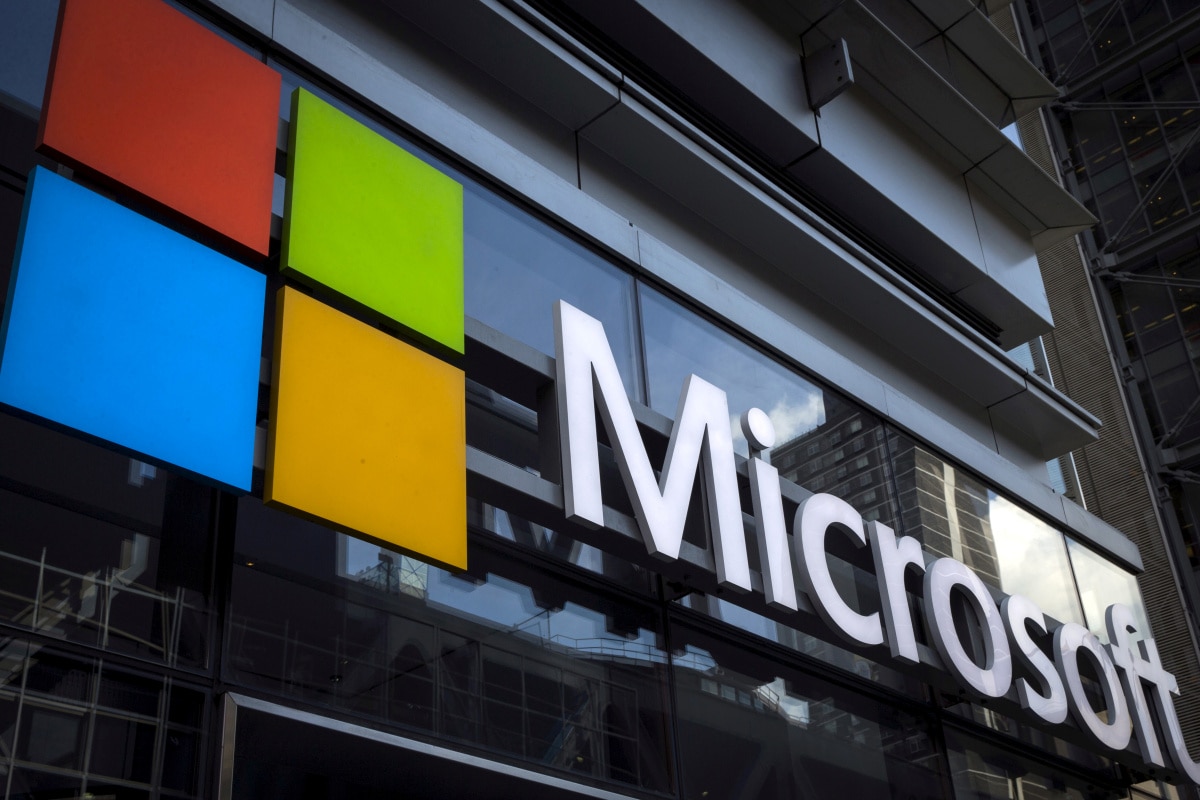Microsoft is reportedly getting ready to launch a version of its search engine Bing that will leverage the AI behind ChatGPT, a chatbot created by OpenAI. Microsoft provided $1 billion in funding to the San Francisco-based artificial intelligence startup OpenAI in 2019. In order to build artificial intelligence supercomputing technologies on Microsoft’s Azure cloud computing service, the two have established a multi-year agreement. ChatGPT has led some to declare that AI chat will obliterate traditional search engines. Google is said to be in “code red” mode because of the technology.
According to a report by The Information on Tuesday citing two people with direct knowledge of the plans, Microsoft intends to compete with Alphabet-owned search engine Google. For automatic search query suggestions, an older version of GPT is already used. Microsoft announced in a blog post from last year, that they plan to integrate Dall-E 2 into Bing Image Creator, where one can use a descriptive text prompt to generate AI artwork.
Instead of the Featured Snippet approach of quoting a source that might address what you were asking, these AI-backed answers could take the form of a full sentence that includes the source of the information, or a list of links. However, “Bing will still rely on its own technology to produce the most search results” because GPT isn’t intended to “continuously scrape the web or provide real-time information like a search engine does.” All the while, it is still to be seen how Bing will focus on ensuring answer accuracy.
According to The Information, this “could launch before the end of March,” with Bing positioning itself as “one of the only ways to access parts of GPT for free.” OpenAI intends to charge for ChatGPT, which is costly, in the future, while Microsoft has been defined as essentially “footing the startup’s cloud bill.”
On November 30, 2022, OpenAI made its ChatGPT chatbot available for free public testing. The chatbot is a software program that can respond to a wide range of questions while emulating human conversation styles. It is intended to imitate human-like dialogue based on user prompts.
Catch the latest from the Consumer Electronics Show on Gadgets 360, at our CES 2023 hub.


